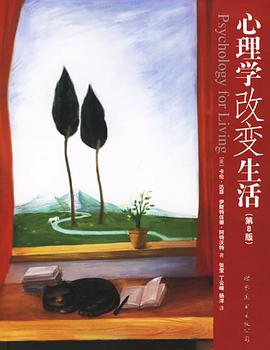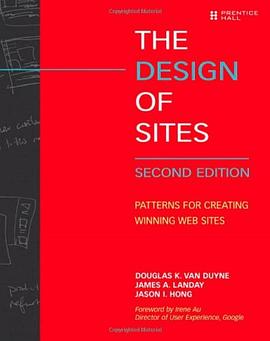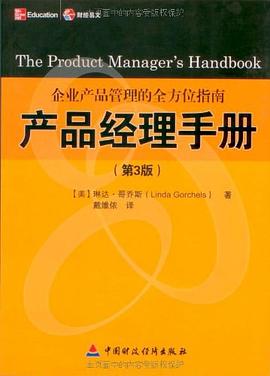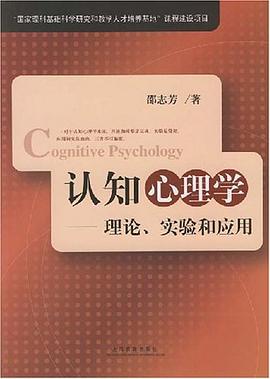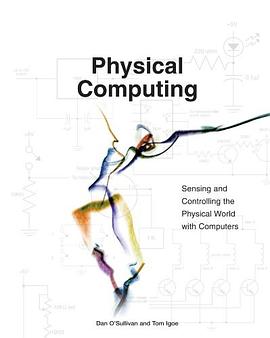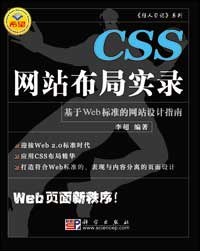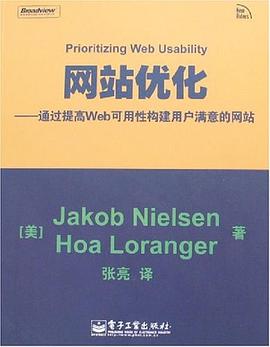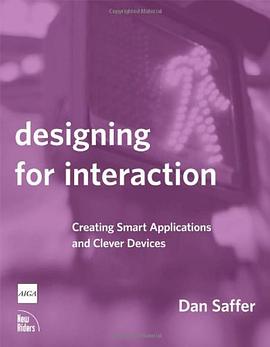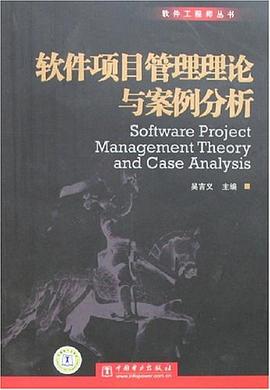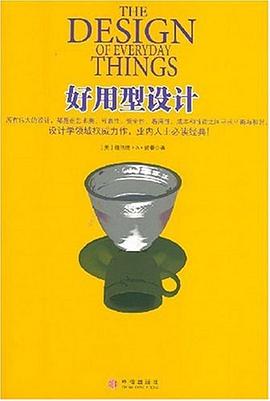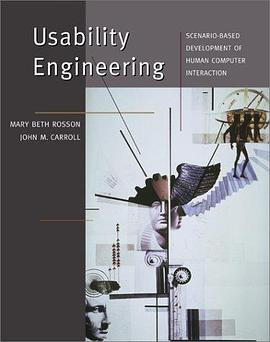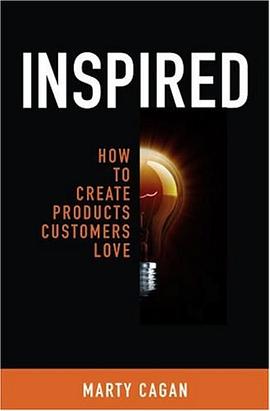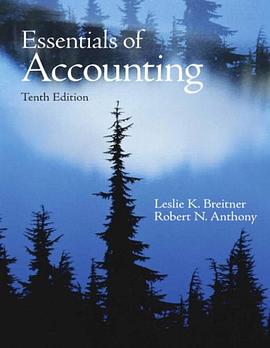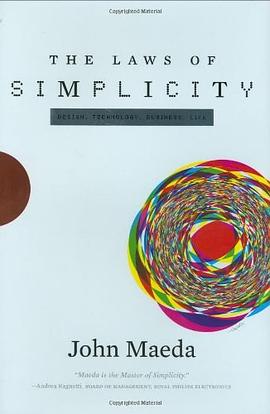

具體描述
前田約翰(John Maeda)
世界知名的圖像設計師、視覺藝術傢、電腦科技專傢,也是麻省理工學院媒體實驗室的教授。
前田約翰在藝術上的貢獻也不容忽視,他得奬無數,例如:美國設計界最高榮譽Smithsonian雜誌的國傢設計奬(2001年)、日本朝日設計奬(2002年)、德國Raymond Loewy基金會奬(2005年)、戴姆勒剋萊斯勒設計奬(2000年)等等。他曾在巴黎、紐約、倫敦、舊金山、東京、大阪等地舉辦過多次個人展覽,深獲好評。他的作品也被紐約現代美術館、舊金山現代美術館、史密森尼機構的國傢設計美術館收藏。
他曾齣版多本與圖像設計相關的書籍。為瞭訓練自己的管理能力,他於2001年重做學生,攻讀MBA,兩年後取得學位。
想對前田約翰及他的作品做更多瞭解,可瀏覽lawsofsimplicity.com網站或他的個人網站media.mit.edu/~maeda。
Finally, we are learning that simplicity equals sanity. We're rebelling against technology that's too complicated, against DVD players with too many menus, and software accompanied by 75-megabyte "read me" manuals. The iPod's clean gadgetry has made simplicity hip. But sometimes we find ourselves caught up in the simplicity paradox: we want something that's simple and easy to use--but also does all the complex things we might ever want it to do. In The Laws of Simplicity, John Maeda offers guidelines, ten laws for balancing simplicity and complexity in business, technology, and design--for needing less and actually getting more.
Maeda--a professor in MIT's Media Lab and a world-renowned graphic designer--explores the question of how we can redefine the notion of "improved" so that it doesn't always mean something more, something added on.
Maeda's first law of simplicity is "Reduce." It's not necessarily beneficial to add technology features just because we can. And the features that we do have must be organized (Law 2) in a sensible hierarchy so users aren't distracted by features and functions they don't need. But simplicity is not less just for the sake of less. Skip ahead to Law 9: "Failure: Accept the fact that some things can never be made simple." Maeda's concise guide to simplicity in the digital age shows us how this idea can be a cornerstone of organizations and their products--how it can drive both business and technology. We can learn to simplify without sacrificing comfort and meaning, and we can achieve the balance described in Law 10. This law, which Maeda calls "The One," tells us: "Simplicity is about subtracting the obvious, and adding the meaningful."
用戶評價
##頭三章還行,後麵的就有些多餘瞭。用大量親身經曆感覺確實令人嚮往但不能作為經典流傳。亮點在於字體和版式設計,可供畢業論文參考!
評分##Insightful,語言精練有趣,跟有些書“跟你說我講的都是對的”高下立見。
評分 評分 評分##en,, as i wana keep it simple, i don't wana think abou it
評分##說句心裏話,看著玩玩還行。如果不是john maeda自身在computer graphic上的地位,可能這本書不至於那麼火爆吧。 我有幸曾經聽過他本人自己介紹他的laws of simplicity,那個講座的感覺和這本書的感覺完全不同,講座中所舉的例子遠比書中摘錄的那些來的生動,可惜的是時間過去多...
評分 評分##很好讀的一本小書 雖然理念不新鮮瞭 係統起來作checklist也不錯
相關圖書
本站所有内容均为互联网搜索引擎提供的公开搜索信息,本站不存储任何数据与内容,任何内容与数据均与本站无关,如有需要请联系相关搜索引擎包括但不限于百度,google,bing,sogou 等
© 2025 book.tinynews.org All Rights Reserved. 静思书屋 版权所有

